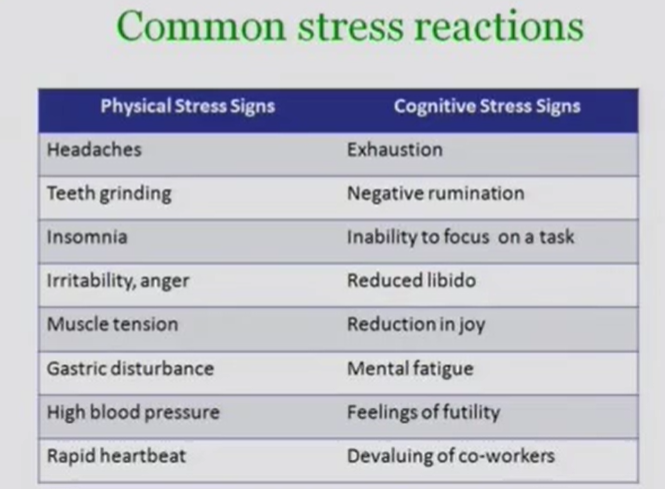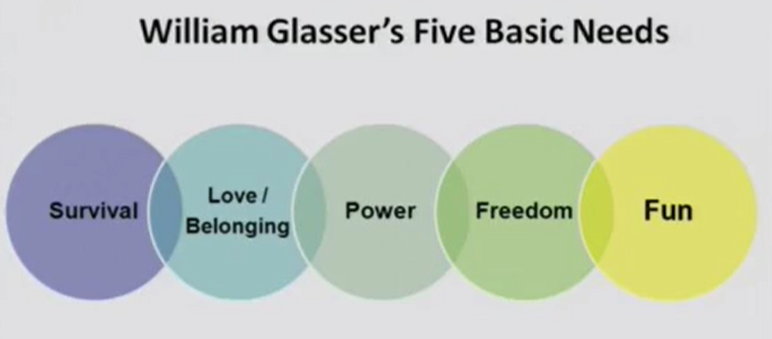In the past few weeks, I have heard from instructors and learners alike about how stressed they are. People are finding themselves more irritable, apathetic, experiencing insomnia, headaches, or inability to focus. I can say that I am also experiencing similar symptoms that have been exaggerated by remote learning and teaching.
Acknowledging this problem and looking for strategies to get out of this cycle, I turned to the 20 Minute Mentor videos (that all OSU faculty have access to).
In Brian Van Brunt, Ed.D’s talk on “What Can I Do About Feeling Tired, Stressed, Burnt Out?” he describes some common signs and symptoms of burnout (as seen in the image).

How many symptoms can you see in yourself? I have been overly tired recently and chalked it up to poor sleep, but I have to wonder if it could be a symptom of something more serious? The consequences of burn out include a decrease in effective teaching, decreased passion, and decreased student retention. The instructor may feel more isolated and become inflexible.
These symptoms result from an imbalance of meeting our 5 basic needs as identified by William Glasser: survival, love/belonging, power, freedom, and fun (see image).

Once you have identified burnout in yourself or others, it is important to take small, consistent, measurable steps to reduce burn-out and improve your behavior. What is stressing you out? Do you have a realistic tolerance for failure? Have you sought help from others? What strategies can you employ to improve work-life balance? Can you schedule work and non-work times during your day?
Some of the important take-aways from this talk are avoiding overthinking your behavior, looking at failure as an opportunity to move forward, and developing support and connections around you to improve work-life balance.
Shifting our focus to addressing burnout in our learners, we can utilize different strategies in our instruction and course design. It is important to understand this as a joint disengagement and relevance issue. In the video, “How Can I Reduce Student Apathy and Increase Motivation?” by Ken Alford, Ph.D., and Tyler Griffin, Ph.D., they discuss how you can create projects or highlight important points in your topic area that provides relevance to the learner’s lives or future. How might they use this in their daily lives? What are the most important elements of the course material and how can these be incorporated into a group project of a task that allows an opportunity for interaction and applied learning? When you recognize your learner’s attention is waning during lectures, consider pairing or grouping learners to discuss their opinions of a particular statement or topic to pull them back.
From these two videos, I’ve come to realize that while our feelings of burn out and apathy may be isolating and appear singular, strategies to solve these issues are community-based.

Author Bio: Jenny Raynsford is an OSU graduate student in her first year of a two-year Master of Public Health in Epidemiology and a Graduate Teaching Assistant for the OSU Center for Teaching and Learning.

Leave a Reply